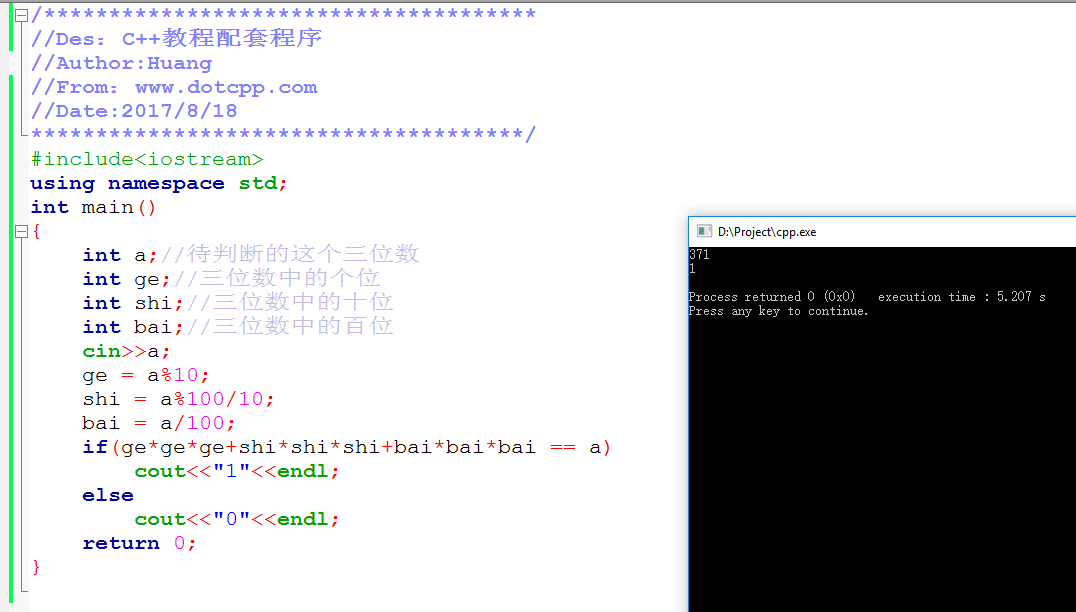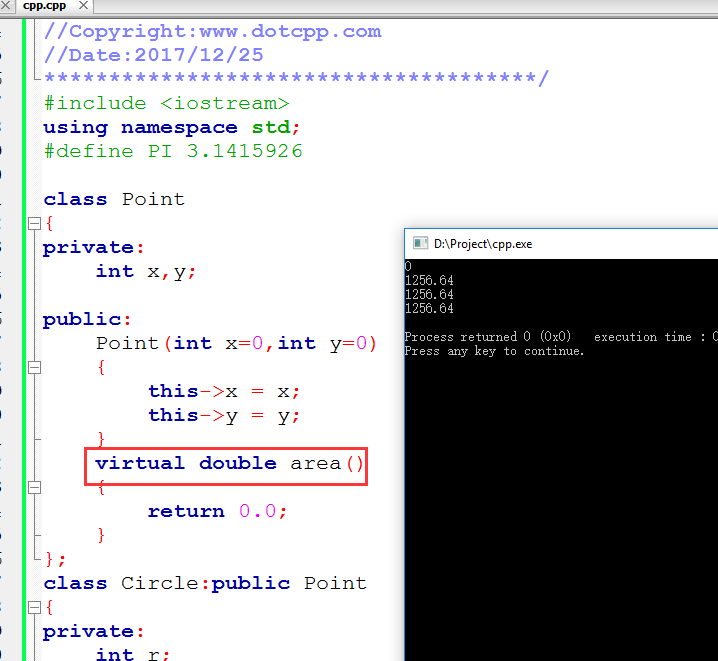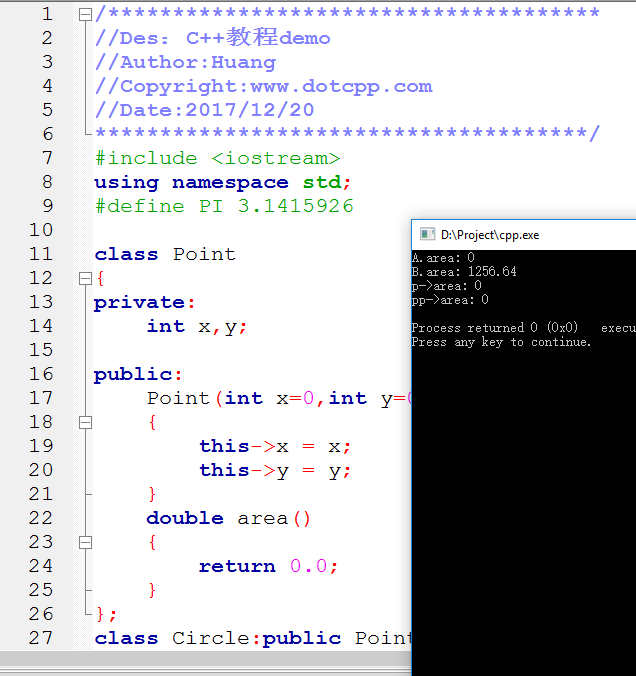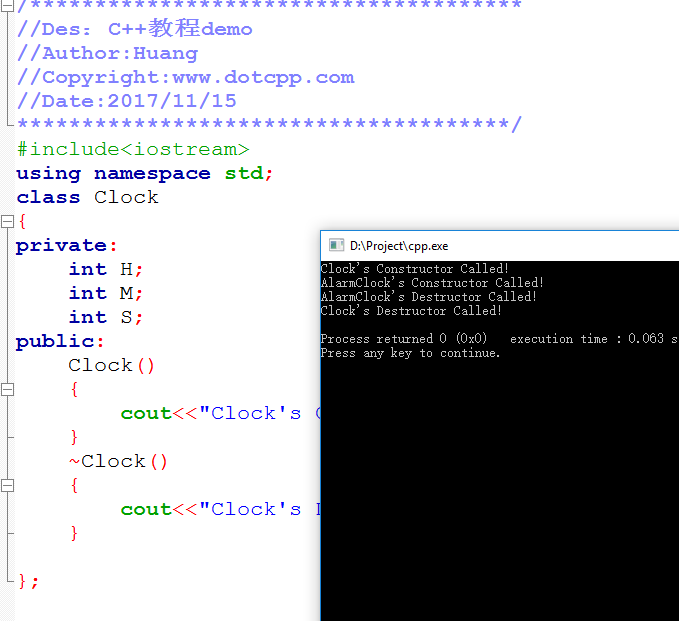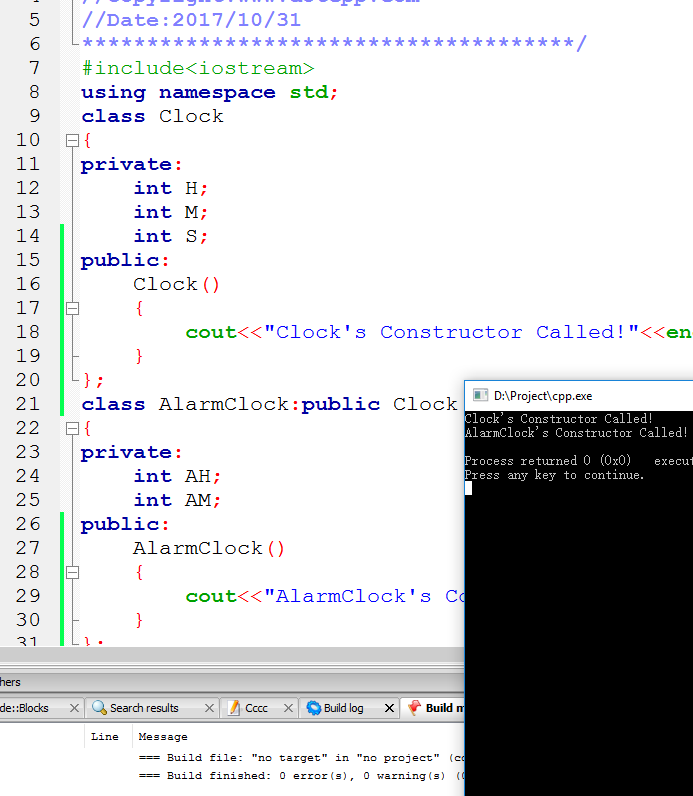How to use function calls in C++
Usage of function calls in C++ The method of function calls in C++ is no different from that in C language. Function calls are still implemented by executing function call statements in the caller function. Below, we take question 1031 in the training gro
2024-11-06


